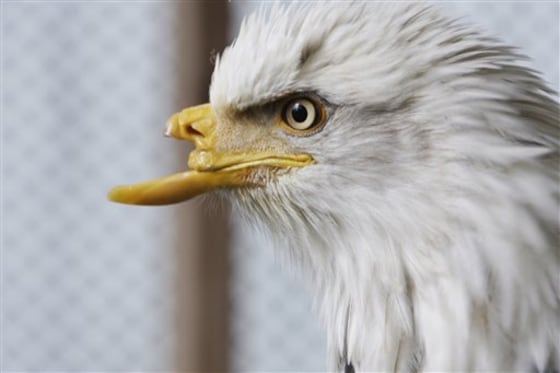The Silver-beaked Tanager is a fascinating bird that measures around 18 cm and weighs 25 grams. Male adults are distinguished by their smooth, crimson-black feathers, with a deep crimson throat and breast. The upper beak is black, but it’s the lower beak that catches the eye – it’s enlarged and has a bright silver glow to it.

The silver beaked tanager can be spotted in various countries such as Guyana, Paraguay, Peru, Bolivia, Central Brazil, Colombia, Ecuador, French Guiana Suriname, Trinidad and Venezuela (IUCN, 2016). Its habitat covers a whopping 11,500,000 km2. You can see the geographic reach of this bird in the figure below.

The male tanagers during the breeding season exhibit territorial behavior by using a distinctive morning song that indicates their breeding territory within a radius of 10 meters. These birds are commonly found in areas with thick low tree canopies and shrubs along roads and gardens near water sources. The female tanagers are responsible for building nests and caring for their eggs and offspring over a period of 20-25 days. Although male birds have a territorial defense when mating, they do not mark any other area as their own. Their daily routine involves activities such as searching for food, singing, caring for their young, and occasionally attracting a mate. While these birds do not migrate, they tend to stay within their designated boundaries.

The tanagers have a diverse diet and are known to consume insects, fruits, vines, and flowers. When foraging for food, they display nervous movements such as flicking their tail and wings. While feasting on fruits, they skillfully peck out large pieces and crush them to an appropriate size for consumption. In search of insects, the tanagers hop and peer through foliage and quickly dart forward to capture their prey. These birds can often be found feeding on short grass near roadsides, weed-filled areas, and farming regions. They prefer to feed on second-growth trees and shrubs. Due to their habitat in tropical areas, the tanagers have an abundance of vegetation and insects, making food readily available and not scarce. Being omnivorous, they have a wide variety of food resources.

The tanager is quite the interesting bird when it comes to its behavior. Before taking off, they often flick their wings and tails. And once in flight, they have a unique rhythm as they traverse from tree to tree. If a predator is nearby, they may either stand upright or crouch down while staring at their opponent in silence. When searching for food, tanagers are known to look from the ground up to 25 meters high. Thanks to their claws, they are able to grip onto tree branches, and sometimes even hang upside down to chomp on some nearby fruit. And if you listen closely, you may even hear their distinct communicating call, which is referred to as “cheeng.”





